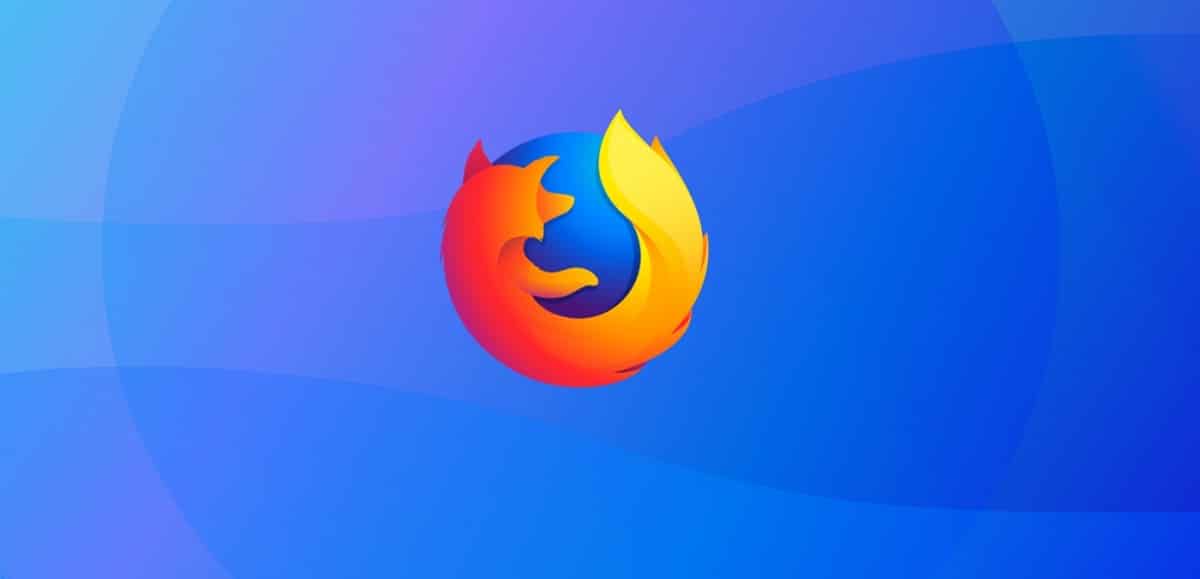
The new version of Firefox 101 has already been released along with an update to the long-term branch of Firefox 91.10.0. In addition to innovations and bug fixes, Firefox 101 fixes 30 vulnerabilities, of which 25 are marked as dangerous. 19 vulnerabilities (summarized in CVE-2022-31747 and CVE-2022-31748) are caused by memory issues, such as buffer overflows and access to already freed memory areas.
These issues can potentially lead to the execution of malicious code when specially crafted pages are opened.
Main new features of Firefox 101
In this new version of Firefox 101 implemented experimental support for the third version of the chrome manifest, which defines the capabilities and resources available to plugins written with the WebExtensions API.
The Firefox version of the Chrome manifest adds a new declarative content filtering API, but unlike Chrome, it still supports the old webRequest API blocking behavior, which is required by plugins to block inappropriate content and ensure security. To enable compatibility with the third version of the manifest, the "extensions.manifestV3.enabled" parameter is provided in about:config.
Another change in this new version is that the ability to simultaneously use an arbitrary number of microphones during a video conference, which, for example, allows you to easily switch microphones during an event.
It is also noted that it includes support for the WebDriver BiDi protocol, which allows using external tools to automate work and remote control of the browser, for example, the protocol allows test the interface using the selenium platform. The server and client components of the protocol are compatible, allowing you to send requests and receive responses.
En Firefox for Android adds support for the Expand Screen Areas feature introduced in Android 9, with which you can, for example, extend the content of web forms. Fixed issues with the size of video when watching YouTube or exiting picture-in-picture mode, fixed soft keyboard flickering when displaying a popup menu, improved display of a QR code button in the address bar.
For developers a programming interface has been added which allows you to dynamically create style sheets from a JavaScript application and manipulate the application of styles. Unlike creating style sheets with the document.createElement('style') method, the new API adds style functionality through the CSSStyleSheet() object, providing methods such as insertRule, deleteRule, replace, and replaceSync.
In the Page Inspection Panel, when adding or removing class names via the ".cls" button in the Rule View tab, the interactive application of recommendations is implemented from the input autocomplete dropdown that suggests an overview of the available class names for the page. As you scroll through the list, the selected classes are automatically applied to visually assess the changes they caused.
Y added new option to Panel settings inspect to disable the "drag to update" feature in the Ruler View tab, which allows you to resize some CSS properties by dragging horizontally.
How to install or update the new version of Firefox on Linux?
Firefox users who have not disabled automatic updates will receive the update automatically. Those who don't want to wait for that to happen can select Menu> Help> About Firefox after the official launch to initiate a manual update of the web browser.
The screen that opens displays the currently installed version of the web browser and runs a check for updates, provided the functionality is enabled.
Another option to update, is yes you are a user of Ubuntu, Linux Mint or some other derivative of Ubuntu, You can install or update to this new version with the help of the browser's PPA.
This can be added to the system by opening a terminal and executing the following command in it:
sudo add-apt-repository ppa:ubuntu-mozilla-security/ppa -y sudo apt-get update sudo apt install firefox
In the case of Arch Linux users and derivatives, just run in a terminal:
sudo pacman -Syu
Or to install with:
sudo pacman -S firefox
Finally for those who prefer to use Snap packages, they will be able to install the new version by opening a terminal and typing in it
sudo snap install firefox
Finally, you can get the browser with the latest installation method that was added "Flatpak". To do this, they must have support for this type of package.
Installation is done by typing:
flatpak install flathub org.mozilla.firefox
For all other Linux distributions can download the binary packages from the following link.
The Firefox 102 branch has moved into beta testing and is scheduled to be released on June 28.